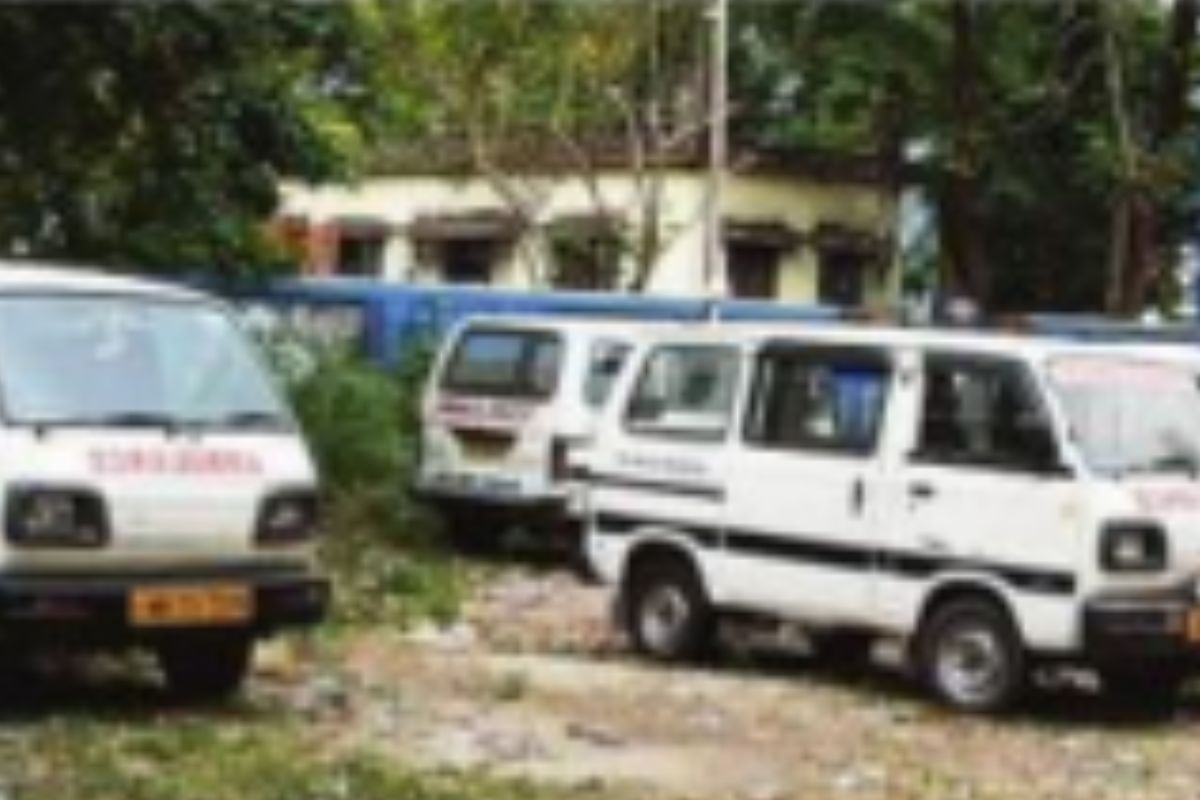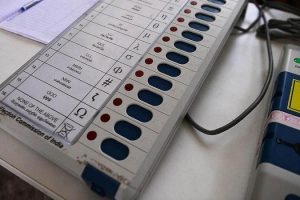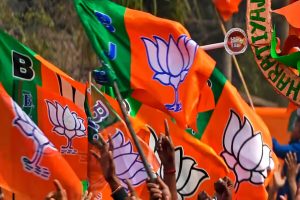At a time when several steps like restraining private ambulances, fixing a uniform fare structure and ward-level monitoring for arrangements of the hearse at the North Bengal Medical College and Hospital (NBMCH) have been announced, doubts remain over their proper implementation at the ground level.
A section of doctors and employees have questioned long-term execution of the plans.
A slew of decisions had been taken in a series of meetings last week, following an incident in which a Kaliaganj resident and a migrant worker, Asim Deb Sharma, was compelled to carry his six-monthold son’s body in a bag and travel around 200 km home from the NBMCH on 14 May in a bus as he could not pay the Rs 8000 demanded by a private ambulance. The infant had died in the paediatric intensive care unit at the NBMCH after suffering from septicemia and pneumonia on the night of 13 May.
The administration has reinforced fare slabs for private ambulances, which also mentions, among other categories, that an air conditioned (AC) ambulance, which will cover more than 100 km, will charge Rs 25 / km, while a non AC vehicle would charge Rs 20 / km. Private ambulance operators, who have opposed the decision, said they charged Rs 30 and 25 respectively. There is also a plan to set up a pre-paid booth.
In a meeting with senior officials of the administration, transport department, police, NBMCH authorities and others on 16 May, a decision was taken that 30 ambulances could be parked on a dedicated area of the campus at any point of time. Fare charts will be displayed so that the people do not pay exorbitant fares. Around 130 ambulances usually camp at the NBMCH.
“There is no doubt the move is appreciable, but the main doubt lies on the implementation part. No step had been taken earlier if the ambulance operators claimed higher charges. Helpless people had to negotiate. The non-interference of the NBMCH authorities and administration helped them to grow. Now, decisions were taken following an incident. Let us see how long these will go on,” said a senior doctor on condition of anonymity.
An assistant superintendent and non-medical staff said this would require a positive approach and proactive attitude.
“Proper monitoring, interaction with family members of the patients about their feedback by appointing an official dedicatedly to look into those is needed,” they said.
Chairman of the patient welfare committee of the NBMCH Gautam Deb said the decisions will be strictly implemented. Mr Deb said that henceforth, steps will be taken from the wards to know whether hearses are required following the demise of patients. NBMCH superintendent Dr Sanjay Mallik said: “The private ambulances have to follow the fare chart fixed by the transport department.”
Secretary of the Sushrutanagar Social Ambulance Pariseba Society Santu Ghosh, on the other hand, said it was not possible for them to accept the fare slabs.
On the other hand, more than 10 persons die at the NBMCH due to different reasons on an average daily.
“It is not difficult to reach out to the family members of the deceased at the wards. The staff concerned at the wards can approach them. It will help many family members who come from distant and ineffectual places. But will this be followed regularly or remain only on papers?” a faculty member said.












